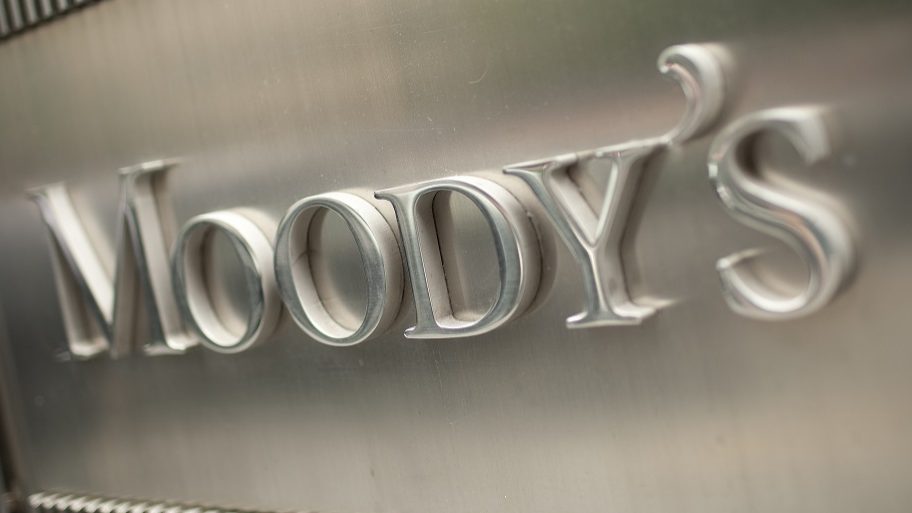Moody’s: Portuguese banking is making progress, in spite of NPL
The rating agency considers the six largest Portuguese banks are giving steps towards an improvement in the quality of their assets and their capitalization. But NPL is still an issue.
Moody’s commends the progress made by the six largest Portuguese banks. Santander Totta, BPI, BCP, Caixa Geral de Depósitos (CGD), Montepio and Novo Banco (NB) are being able to improve the quality of their assets, stated the rating agency, although they continue to have to fight against a persistent problem: the weight of non-performing loans (NPLs) in their balances.
Moody’s, one of the three largest rating agencies, highlighted that the weak profitability, resultant from the high amount of NPL, will limit banks’ internal ability to generate capital, which will prevent financial institutions from achieving capitalization levels of their European peers.
Out of the largest financial institutions in Portugal, BPI and Santander Totta stand out both for having the smallest levels of NPL and for having the strongest capital ratios out of this group of banks, according to Moody’s. The agency states that “BPI and Santander Totta’s asset risk indicators have been improving since mid-2016” — which lead Standard & Poor’s to remove both banks from the junk status.
As for BPI, CGD and Montepio Geral, Moody’s highlights the improvement in their capitalization: “BCP, CGD and Montepio have bolstered their capital in 2016 and 2017 through a variety of measures”.

Novo Banco is the “ugly duckling” of NPL
Novo Banco (NB) is the Portuguese bank with the largest amount of NPL. The transition bank had, by the end of July of 2017, a 32.1% NPL ratio — BPI’s is 7% and Totta’s is 7.7%. These default credits weight in on the banks’ profitability and, consequently, on the capital ratios. Aiming to reinforce these ratios, NB moved forward with a debt exchange offer.
“The planned recapitalization would lead over time to a significant increase (around 450 bps on a pro-forma basis) in Novo Banco’s regulatory capital. However, if the LME is not successfully completed, the sale agreement would be breached. This would increase the risk of Novo Banco’s resolution or liquidation, potentially leading to higher losses for senior bondholders, while also potentially inflicting losses on junior deposits”, Moody’s stated.
This debt exchange proposal made Moody’s decrease, in April, the rating of NB’s bonds to an almost default level. The rating agency stated the exchange offer is “problematic”, since the operation is likely to make investors suffer losses.




